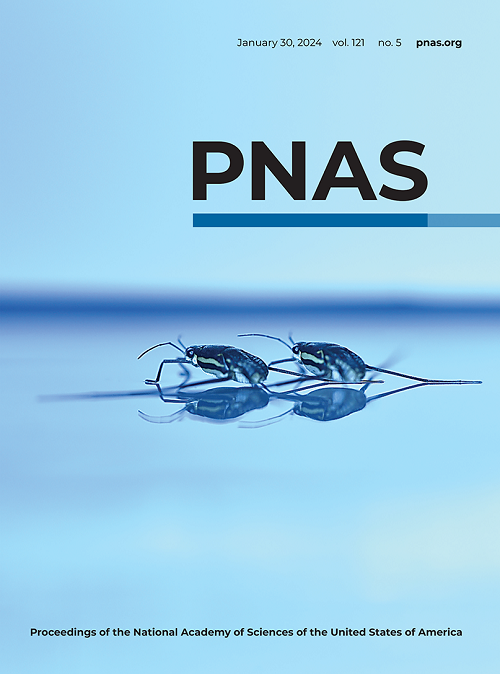Discovery and functional characterization of a bombesin-type neuropeptide signaling system in an invertebrate
IF 9.4
1区 综合性期刊
Q1 MULTIDISCIPLINARY SCIENCES
Proceedings of the National Academy of Sciences of the United States of America
Pub Date : 2025-03-28
DOI:10.1073/pnas.2420966122
引用次数: 0
Abstract
Neuropeptide signaling systems are key regulators of physiological and behavioral processes in animals. However, the evolutionary history of some neuropeptides originally discovered in vertebrates is unknown. The peptide bombesin (BN) was first isolated from the skin of the toad求助全文
约1分钟内获得全文
求助全文
来源期刊
CiteScore
19.00
自引率
0.90%
发文量
3575
审稿时长
2.5 months
期刊介绍:
The Proceedings of the National Academy of Sciences (PNAS), a peer-reviewed journal of the National Academy of Sciences (NAS), serves as an authoritative source for high-impact, original research across the biological, physical, and social sciences. With a global scope, the journal welcomes submissions from researchers worldwide, making it an inclusive platform for advancing scientific knowledge.

 求助内容:
求助内容: 应助结果提醒方式:
应助结果提醒方式:


